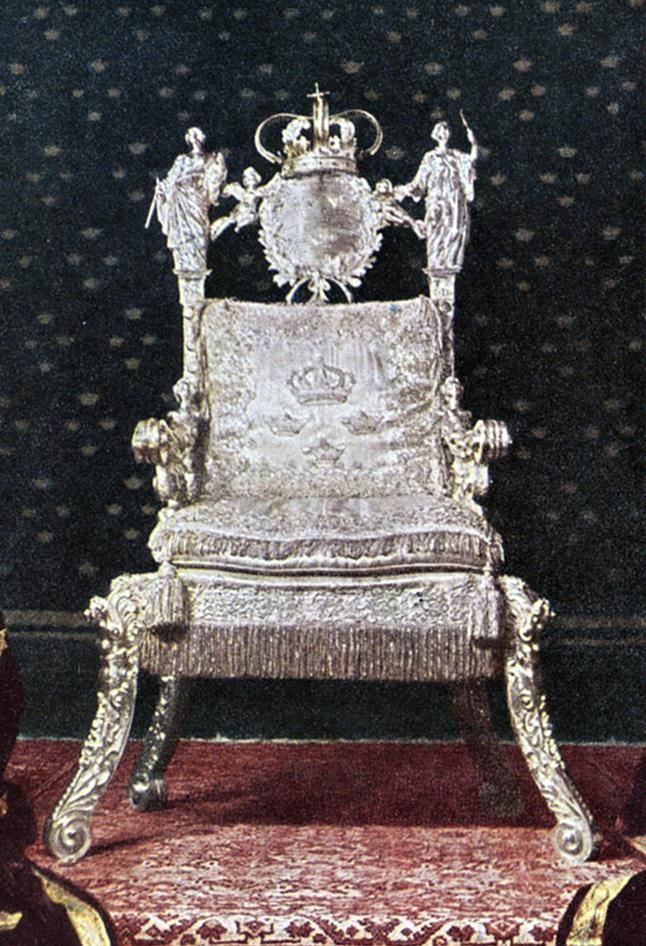 | ||
The line of succession to the Swedish throne is determined by the Act of Succession (Swedish: Successionsordningen), originally approved jointly by the Riksdag of the Estates assembled in Örebro and King Charles XIII in 1810.
In 1979, the Riksdag introduced absolute primogeniture, meaning that the eldest child of the monarch, regardless of gender, is first in the line of succession. The change entered into force on 1 January 1980, making Sweden the first country to adopt absolute primogeniture. The Swedish crown had previously (since 1810) descended according to agnatic primogeniture, meaning that only males could inherit it.
Eligibility
According to the Act of Succession, only King Carl XVI Gustaf's Lutheran legitimate descendants brought up in Sweden are presently entitled to succeed. A person loses his or her succession rights and deprives his or her descendants of their succession rights if he or she:
